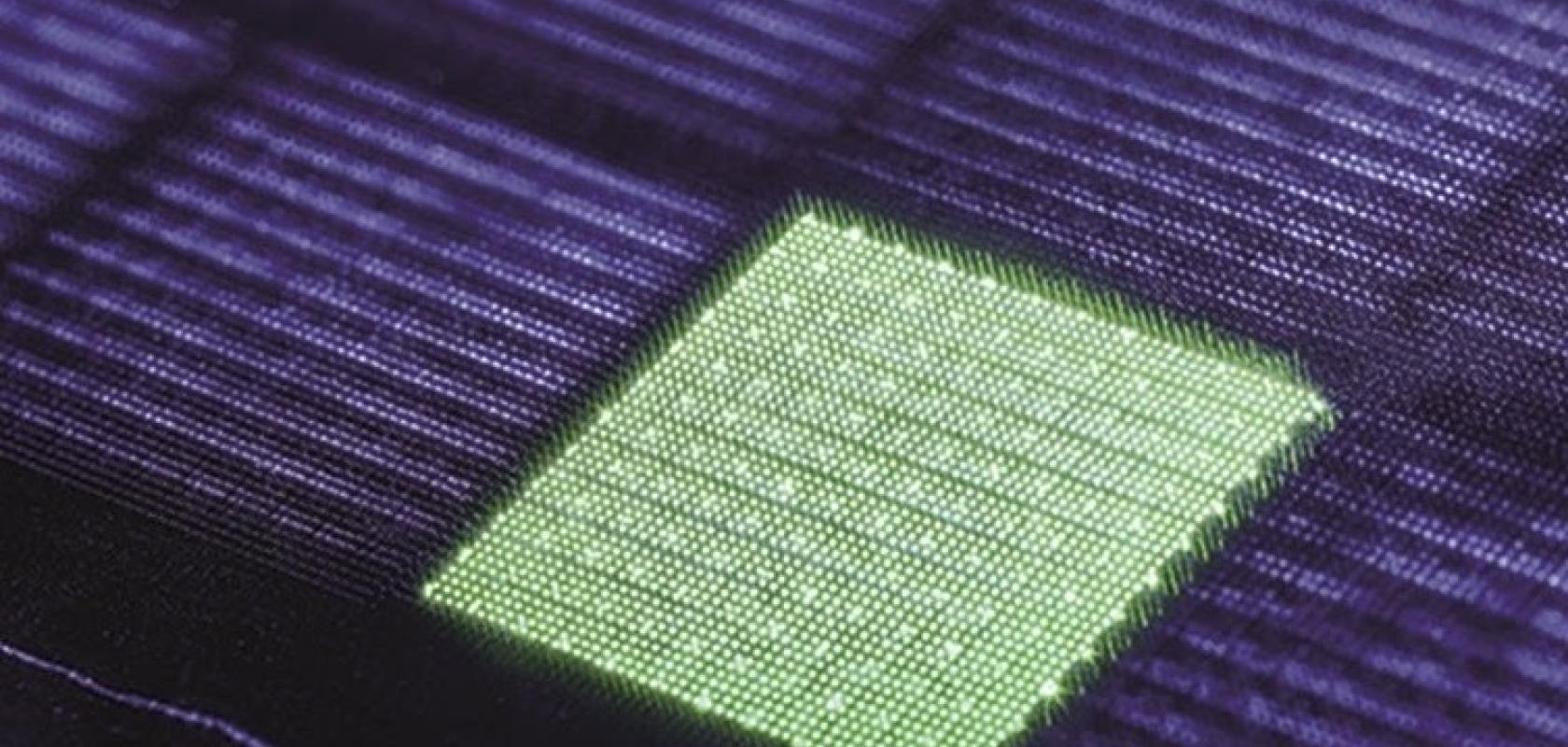Scientists are using spectroscopy to characterise microplastics in the environment and determine the major sources of microplastic pollution in Danish wastewater and rainwater systems.
Microplastics are small plastic pieces less than five millimetres long, which pose a threat to acquatic and marine life. They can come from a variety of sources, including from larger plastic debris that degrades into smaller pieces or in the form of microbeads from beauty products that pass through water filtration systems and end up in the ocean. In the past, Fourier transform infrared spectroscopy (FTIR) spectroscopy has been used to analyse micro-plastics in ocean sediment, Arctic sea ice, and UK inland waterways.
The Danish Technological Institute (DTI) is using a Raman spectoscopy system from renishaw to determine the extent of microplastic pollution entering Danish wastewater and rainwater systems.
Typically, microplastics are difficult to characterise and therefore determine the source, explained Dr Morten Bormann Nielsen from the Life Sciences division at DTI: ‘At scales below 100µm (the width of a hair), it is essentially impossible to determine whether a particle is made of plastic, rubber, stone, glass or organic matter, based on its visual characteristics alone. Therefore, one must use a characterisation technique that yields chemical information about the investigated sample. Doing otherwise will lead to either gross over- or underestimation of the number and types of microplastic present in a sample.’
Dr Nielsen’s team have carried out experiments to determine the extent of microplastic pollution entering Danish wastewater and rainwater systems, in addition to reviewing how well these particles could be removed using different technologies.
‘We also wanted to be able to identify microplastic and microrubber particles from tyres, as the Danish Environmental Protection Agency has estimated that up to 60 per cent of all microplastics that enter the ocean from Denmark originate from this source – primarily via rainwater run-off from roads,’ Dr Nielson added.

Ensuring valid microplastic counts from environmental samples is extremely challenging, partly because the particles of interest constitute such a minute fraction of each sample (on the order of 150 milligrams per cubic metre of waste water). During isolation of the plastic particles, care must be taken to avoid contamination, and organic matter must be removed so it does not shield the particles. This requires a delicate chemical process that does not degrade the particles.
‘Speed… is an essential part of being able to obtain chemical information on the many thousands of particles that are naturally present in samples taken from the environment. Despite sample preparation steps designed to remove sand and organic matter, the vast majority of all microscopic particles in wastewater and rainwater are still not plastic. Because of this, it is essential to measure many thousands of individual particles in the sample to get statistically valid results,’ Dr Nielsen said.
In previous experiments, DTI developed methods allowing them to quantify microplastics in wastewater and demonstrate a retention rate of at least 99 per cent in two Danish wastewater treatment plants.
The researchers have further developed the measurement protocol so that it can correctly differentiate between fine particles of tyre, asphalt and organic matter. As a result, they are very close to being able to fully characterise all particles in a sample and classify them as microplastics, microrubber or of natural origin – all using the same method and without needing intervening sample preparation. As far as they are aware, this has not been done anywhere else before.


